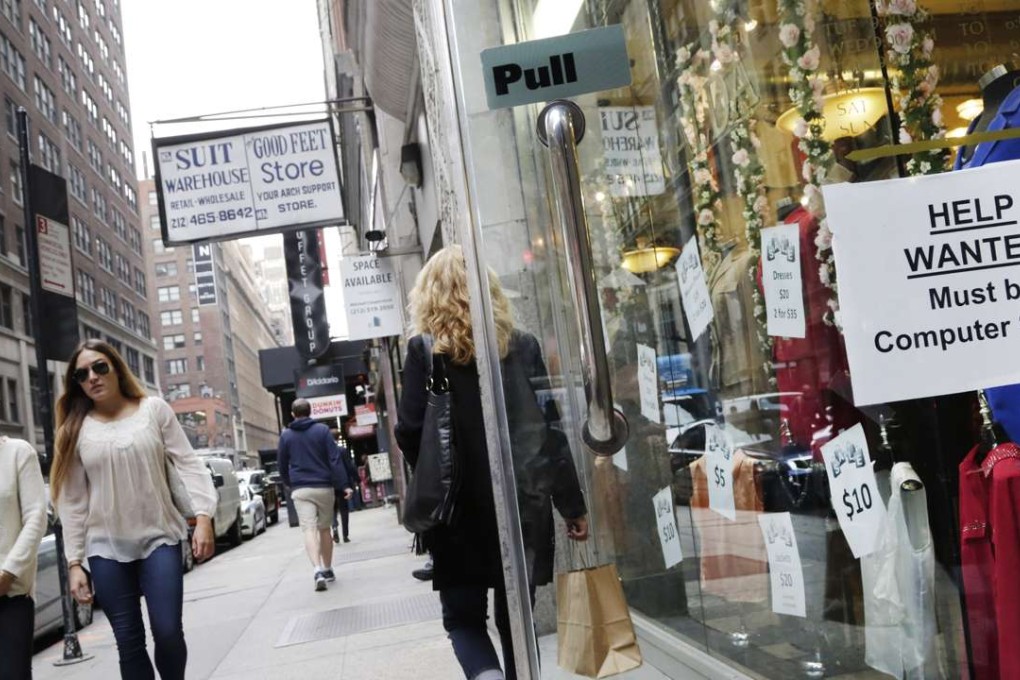Payrolls in US rise by 161,000 in October as wages accelerate
Figures likely to keep the US Federal Reserve on track to increase borrowing costs next month

US jobs continued to gain at a steady pace in October and wage gains accelerated, signs that the labour market and economy made steady progress at the start of the fourth quarter.
Payrolls climbed by 161,000 last month following a 191,000 gain in September that was larger than previously estimated, a Labour Department report showed Friday. The median forecast in a Bloomberg survey called for 173,000. The jobless rate fell to 4.9 per cent, while wages rose from a year earlier by the most since 2009.
The figures are likely to keep the US Federal Reserve on track to raise borrowing costs next month for the first time in 2016. Underlying the steady gains in employment is a balance between hiring managers’ need to keep up with stable domestic demand and the struggle to match more limited labour to skilled-job vacancies.
“As it continues to tighten up, firms are going to have to resort more and more to more attractive pay to draw people in,” Stephen Stanley, chief economist at Amherst Pierpont Securities in New York, said before the report. “We are pretty close to full employment.”
Workers have been in short supply for 13 straight months, according to the Institute for Supply Management survey of service-industry companies, which make up almost 90 per cent of the economy.